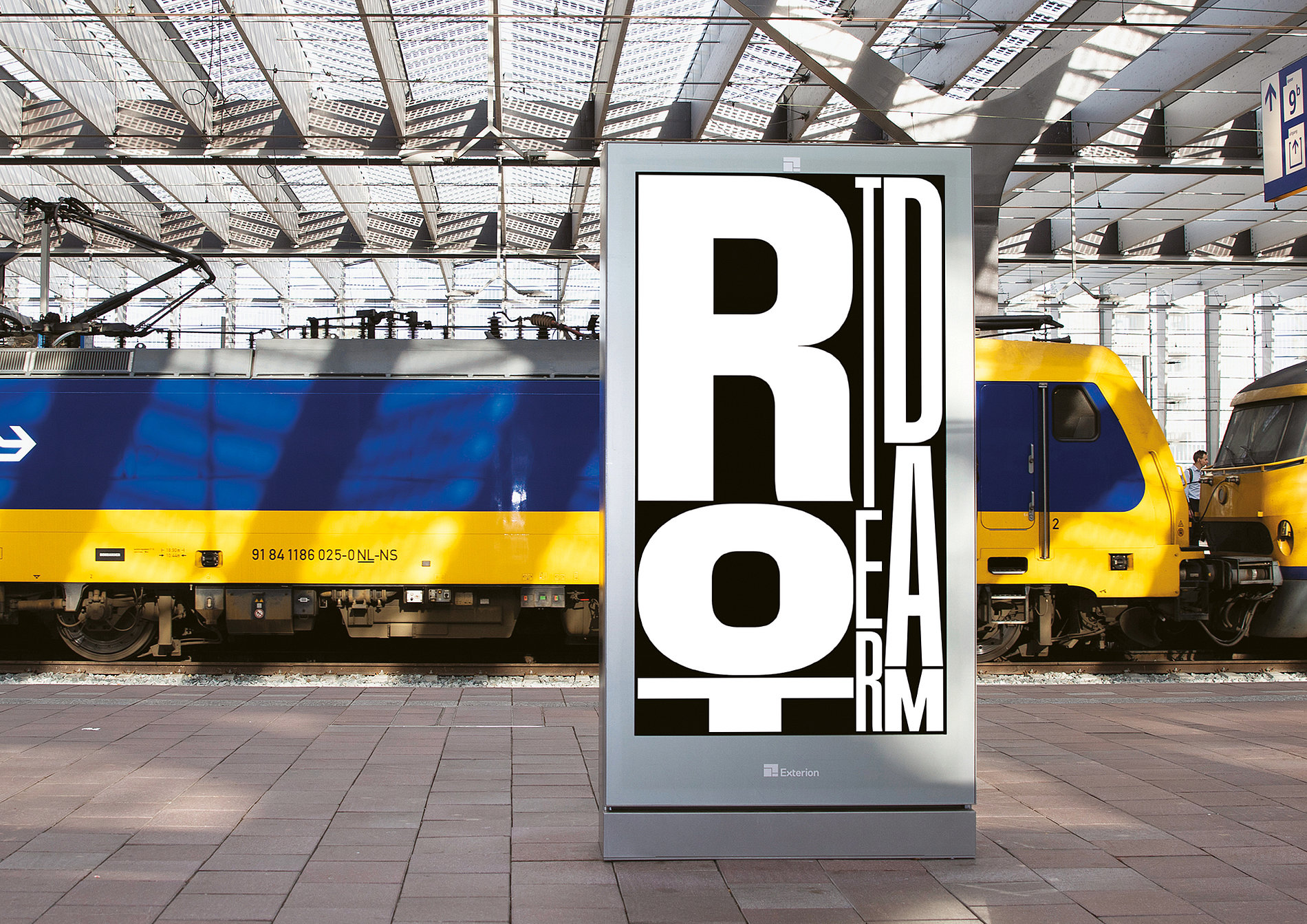Here’s All You Need To Know About Variable Typography
The 2019 variable fonts craze is everything but over. Even though the technology is not that new (Adobe and Apple developed variations in the early 1990s), a few independent foundries and typeface design studios have created hundreds of variable fonts, some experimental, testing the boundaries of the technology, and others highly functional, aimed at improving web performance.
A variable font is a dynamic font system. The most advanced ones are based on a static modular structure that can bend, pull, inflate, move, and distort to create a variety of different font options. No two-variable font projects are the same: purpose, expression, accessibility, functionality, languages often define the scope. These fonts allow users to make the most of a font family’s huge range of weights, styles, and scripts in an economical way. On the web, for example, weights and styles can be used in combination without impacting page load times. This means handing over more of the decisions to the users of the fonts, instead of just the type designer.
Previously, typefaces have been stretched and squeezed if they didn’t fit, or even outlined if the weight wasn’t quite right. With variable fonts everything is possible. Using a single font file online to create a clean hierarchy, reducing load times, having a font that changes size depending on inputs (for example the reader’s age or how far they are from the screen) opens up many possibilities. Fonts could be designed to adjust to the lighting in a room, noise, temperature, weather, statistics, or more, changing its style to communicate more effectively.

Studio Dumbar’s Cities in Motion campaign is a great example of variable fonts taking centre stage, introducing something unexpected, to break the rhythm of advertisements and intrigue passers-by.
(Image Creds: Studio Dumbar)






